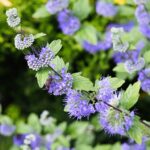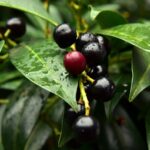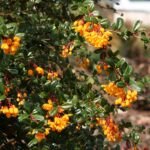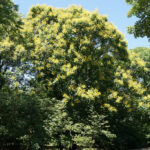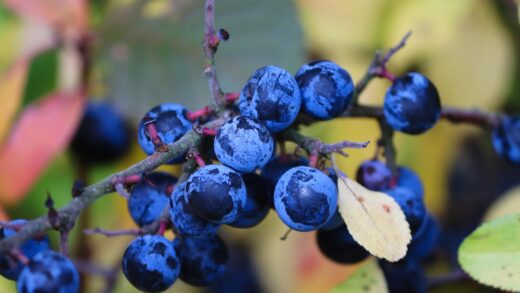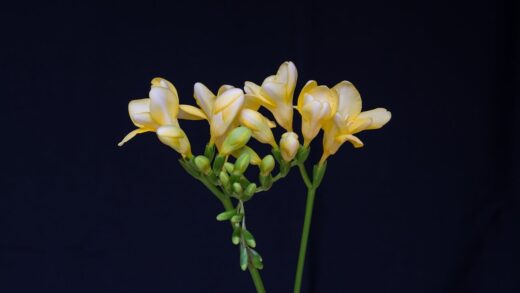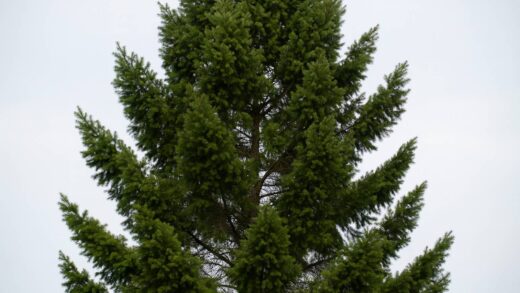The Douglas fir is a tree of remarkable natural beauty, characterized by a strong central leader and a graceful, symmetrical, conical form. For this reason, it generally requires very little pruning to maintain its health and shape. In most landscape and forestry situations, the best approach is often the most minimal one, allowing the tree to develop its inherent structure without interference. Unnecessary or improper pruning can easily spoil its natural form and, in some cases, can create entry points for diseases or pests. However, there are specific situations where judicious pruning is not only beneficial but necessary for the safety, health, and desired form of the tree.
One of the primary reasons for pruning a Douglas fir is to remove any dead, damaged, or diseased branches. This type of pruning, often referred to as cleaning, can be done at any time of year and is essential for the tree’s health. Dead or broken branches are potential hazards as they can fall unexpectedly, and they also provide an easy pathway for wood-decaying fungi and insects to enter the tree. When removing such branches, it is crucial to make a clean cut just outside the branch collar—the slightly swollen area where the branch joins the trunk. This technique allows the tree’s natural wound-sealing mechanisms to function effectively.
Another important reason for pruning, particularly in young trees, is to correct structural defects. This most commonly involves addressing the issue of competing leaders, where two or more dominant vertical stems grow in competition with each other. This “co-dominant” structure creates a weak point in the tree, making it much more susceptible to splitting and failure during a storm or under a heavy load of snow or ice. The best practice is to identify this issue early and remove one of the competing leaders, selecting the strongest and best-placed one to remain as the single central trunk. This corrective pruning is best done while the branches are still small in diameter.
Sometimes, it is necessary to prune lower branches for practical reasons, such as providing clearance for walkways, driveways, or buildings, or to improve visibility. This process is known as crown lifting or limbing up. When removing lower limbs, it is best to do so gradually over a period of several years rather than removing many large branches at once, which can create significant stress for the tree. It is important to maintain a live crown ratio—the proportion of the tree’s height that has live branches—of at least two-thirds. Removing too many lower branches at once can weaken the tree and reduce its photosynthetic capacity.
Shearing a Douglas fir, as one might do with a hedge, is generally not recommended as it destroys the tree’s natural form and can lead to a dense, witch’s broom type of growth at the ends of the branches. However, if the goal is to maintain the tree at a specific size or to create a denser appearance, such as for a Christmas tree, very light shearing of the new growth (the “candles”) in the spring can be performed. This should only involve trimming the new, soft shoots and should never cut back into the old wood, as Douglas firs do not readily regenerate new buds from old wood. This type of trimming is a specialized practice and should be approached with caution to avoid permanently damaging the tree’s structure.
More articles on this topic
The best time for pruning
The timing of pruning activities can have a significant impact on the health and response of a Douglas fir. The ideal time to perform most pruning, particularly the removal of live branches for structural correction or clearance, is during the dormant season. Late winter or very early spring, before the new growth begins, is generally considered the best window. Pruning during dormancy minimizes the stress on the tree, as it is not actively growing, and the flow of sap is at a minimum. This reduces the risk of excessive “bleeding” from the pruning cuts, which can attract insects.
Pruning during the dormant season also has other advantages. The absence of leaves on surrounding deciduous trees provides a much clearer view of the Douglas fir’s branch structure, making it easier to identify any problems such as crossing branches or competing leaders. This clarity allows for more precise and well-considered pruning decisions. Furthermore, many common tree pathogens and insect pests are inactive during the cold winter months, so making pruning cuts at this time significantly reduces the risk of a new infection taking hold in the fresh wounds.
While dormant season pruning is optimal, the removal of dead, broken, or clearly diseased wood can and should be done as soon as it is discovered, regardless of the time of year. These branches pose a potential safety hazard and are a direct threat to the tree’s health, so there is no benefit in waiting. Prompt removal is the best course of action to prevent the spread of decay or disease and to eliminate the risk of the branch falling and causing injury or damage. When pruning during the active growing season, it is especially important to make clean, proper cuts to facilitate rapid wound closure.
There are specific times when pruning should be avoided. Pruning a Douglas fir in late summer or early autumn is generally discouraged. This is because pruning can stimulate a late-season flush of new growth. This tender new foliage will not have enough time to properly harden off and acclimate before the arrival of the first frosts of winter. As a result, this new growth is highly susceptible to being killed by the cold, which not only wastes the tree’s energy reserves but can also create dead tissue that may become an entry point for diseases. Adhering to the proper pruning calendar is a simple yet effective way to work with the tree’s natural cycles and promote its long-term health.








